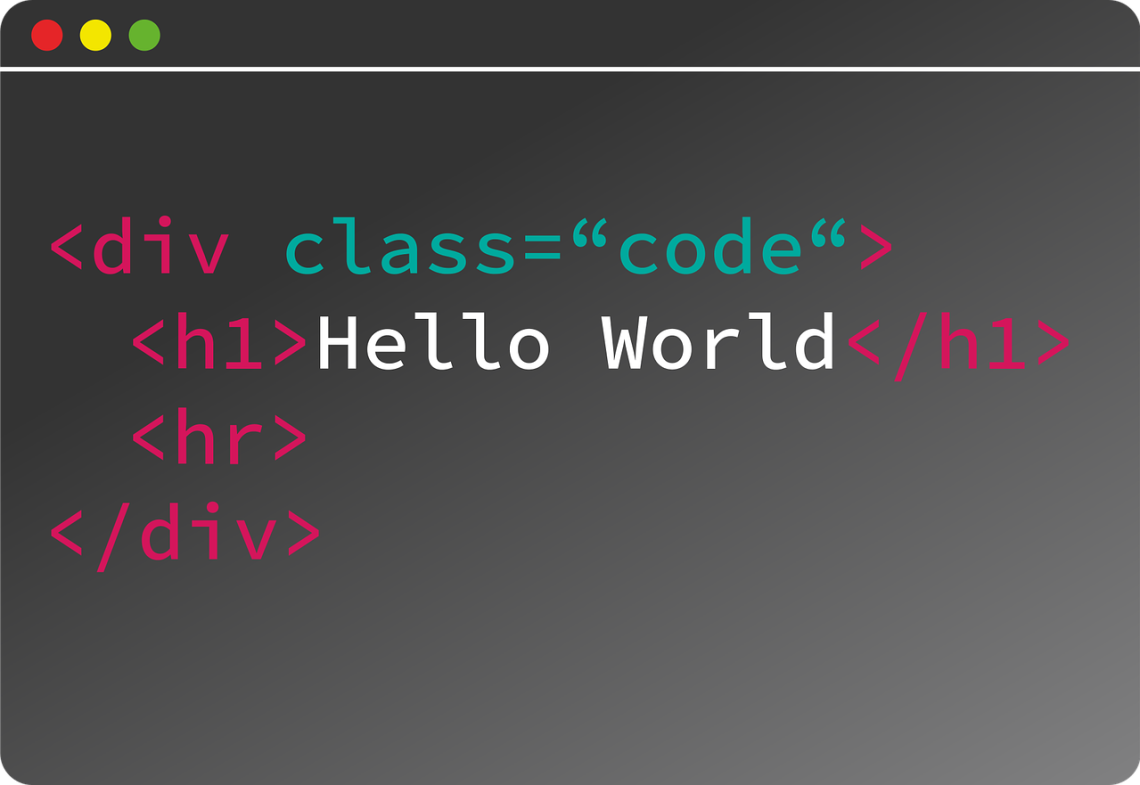
Mastering HTML and CSS: The Essential Building Blocks of Web Development
In the ever-evolving landscape of web development, HTML and CSS remain the fundamental building blocks that bring websites to life. HTML (Hypertext Markup Language) provides the structure and content of web pages, while CSS (Cascading Style Sheets) is responsible for the presentation and layout. Mastering these two essential languages empowers web developers to create stunning, responsive, and user-friendly websites. In this article, we will delve into the world of HTML and CSS and explore how they form the backbone of web development.
Understanding HTML:
HTML serves as the backbone of every web page. It utilizes markup tags to structure the content and define its elements. By providing a semantic structure to web pages, HTML allows browsers to interpret and render the content properly. Some of the most common HTML elements include headings, paragraphs, images, links, lists, and tables.
1. Document Structure:
At the core of HTML is the document structure. An HTML document starts with the <html> tag, which contains the <head> and <body> tags. The head section holds metadata, such as the page title, character encoding, and links to external resources. The body section contains the visible content of the web page, organized with various HTML elements.
2. Semantic Elements:
HTML5 introduced several semantic elements that provide meaning and context to the content. For instance, the <header> tag defines the header of a web page or section, while the <nav> tag is used for navigation menus. Similarly, the <section>, <article>, <main>, and <footer> tags help structure the page’s content more logically.
Understanding CSS:
While HTML defines the structure and content, CSS is responsible for the presentation and layout of web pages. CSS allows developers to apply styles, such as colors, fonts, spacing, and positioning, to HTML elements. By separating the presentation from the content, CSS enables consistent and efficient styling across an entire website.
1. Selectors and Properties:
In CSS, selectors target specific HTML elements, and properties define the styles applied to those elements. For example, the selector h1 targets all <h1> headings, and the property color sets the text color of the heading. CSS properties can be set to specific values, such as colors in hexadecimal or RGB format, font styles, margins, and paddings.
2. Cascading and Specificity:
The “C” in CSS stands for “Cascading,” which refers to the way styles are applied and inherited. When multiple styles target the same HTML element, the browser follows a specific order of priority to apply them. Additionally, CSS specificity determines which styles take precedence when there is a conflict between different selectors targeting the same element.
3. Media Queries and Responsive Design:
With the rise of mobile devices, responsive web design has become essential. Media queries in CSS enable developers to apply different styles based on the user’s screen size and resolution. This technique ensures that websites adapt gracefully to various devices, providing an optimal user experience on desktops, tablets, and smartphones.
Conclusion:
Mastering HTML and CSS is the cornerstone of web development. With HTML providing the structure and content, and CSS handling the presentation and layout, web developers have the power to craft visually appealing, responsive, and user-friendly websites. Understanding HTML’s document structure and semantic elements, as well as CSS’s selectors, properties, cascading, specificity, media queries, and responsive design, empowers developers to create websites that captivate users and deliver an exceptional online experience.
As you embark on your web development journey, remember that HTML and CSS are the foundation of your skills. Embrace the continuous evolution of web technologies, stay up-to-date with the latest HTML and CSS standards, and experiment with creative implementations to hone your expertise. By mastering these essential building blocks, you pave the way for a successful and rewarding career in web development, leaving a lasting impact on the digital landscape.





